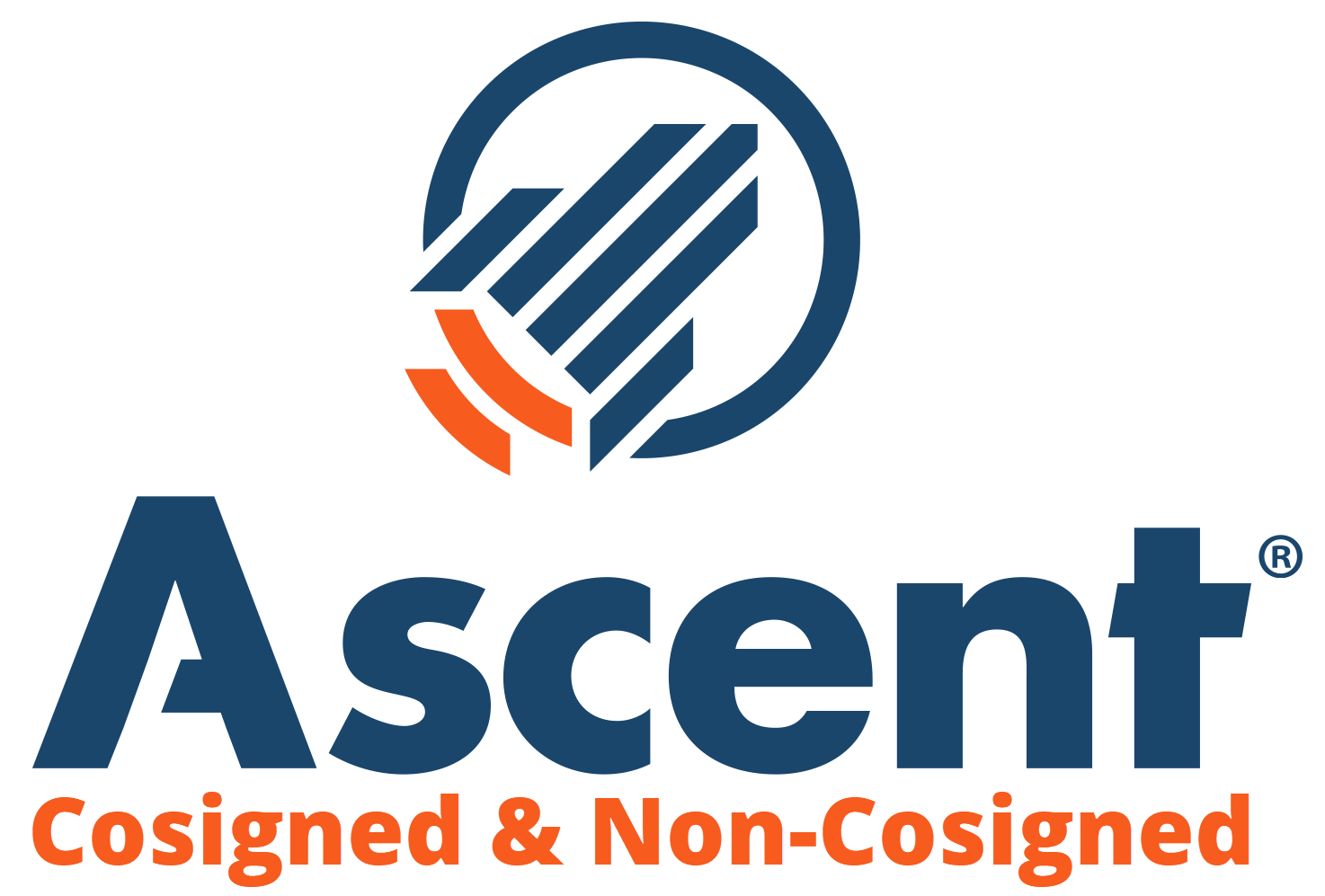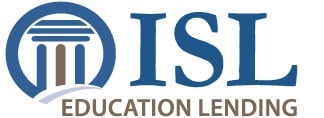Filling out the Free Application for Federal Student Aid (FAFSA) isn’t only about loans – there are actually grants you could qualify for depending on your family, need, and career choices. There are four federal grants available from the United States government: Federal Pell Grants, Federal Supplemental Educational Opportunity Grants (FSEOG), Iraq and Afghanistan Service Grants, and Teacher Education Assistance for College and Higher Education (TEACH) Grants.
Because grants are considered “gift aid,” these awards do not have to be paid back except for specific circumstances. They do have to meet specific criteria to be eligible though. Here’s what each one entails.
Federal Pell Grant
Federal Pell Grants are generally for undergraduate students who have demonstrated exceptional financial need when completing their FAFSA. You cannot have a previous degree. However, there are exceptions; in some cases a teacher pursuing a Master’s degree can be eligible for this award.
For the 2022-2023 award year, the maximum granted was $6,985. Your grant amount depends on your:
- Expected Family Contribution (EFC).
- How much your school costs to attend.
- If you’re attending a full academic year or less
- And if you will be a part-time or full-time student.
Students can only receive the Federal Pell Grant until they have graduated with a bachelors, received a professional degree, or used 12 terms of eligibility.
Federal Pell Grants for US Military and Public Safety Officer Families
For students who have had a parent or guardian die in the line of duty or military service in Iraq or Afghanistan after 9/11, there may be additional funds available. In order to qualify for this additional money, the student must have been under the age of 24 or enrolled in college at the time of the parent or guardian’s death.
If your EFC is too high, however, you could instead qualify for the Iraq and Afghanistan Service Grant (explained further below).

Federal Supplemental Educational Opportunity Grant (FSEOG)
The Federal Supplemental Educational Opportunity Grant is similar to the Federal Pell Grant as it is designed for undergraduate students who have demonstrated exceptional financial need. Unlike the Federal Pell Grant, however, the FSEOG program is not available at every college and university and the money can run out if you apply too late.
The FSEOG awards students with $100 and $4,000 a year. This number is based on your financial need, the other aid options available to you, when you apply, and how much funds are still available to students. The schools that do participate have a limited amount to give students under this grant. This is one example where it pays to complete your FAFSA as soon as possible! Schools can also have their own internal deadlines for need-based aid funds, so be sure to check with the financial aid office if you believe you are completing your FAFSA late.
The FAFSA must be completed every year in order to be eligible for the FSEOG, and once the student graduates with a bachelor’s degree, they are no longer able to receive these funds.
Iraq and Afghanistan Service Grant
Students who have had a parent or guardian who was a member of the United States armed forces and died in Iraq or Afghanistan after 9/11 may receive the Iraq and Afghanistan Service Grant. To be eligible, however, students meet all requirements of the Federal Pell Grant except the EFC limit. The child must have also been 24 years or younger or enrolled in college at the time of their parent or guardian’s death.
The Service Grant awards the same amount as the Federal Pell Grant and eligibility also runs out once the student either earns a degree or uses up their 12 terms of payment.
Teacher Education Assistance for College and Higher Education (TEACH) Grant
The Teacher Education Assistance for College and Higher Education Grant (TEACH) is designed for students who plan to go into teaching. It requires the individual to complete a “teaching service obligation” in order to receive the award. If the obligation isn’t filled, you are required to pay the grant with interest.
To be eligible for the TEACH grant, the student must:
- demonstrate financial need
- meet basic federal student aid criteria
- and maintain a cumulative GPA of 3.25 or higher.
Not all colleges and universities participate in TEACH, and not all programs are available for the grant. Those who are eligible and agree to the conditions will also have to sign a TEACH Grant Agreement to Serve or Repay and attend counseling each year on the service obligation.
This federal grant awards up to $4,000 per year.
What Does the Service Obligation Entail?
It’s important to understand the TEACH grant before signing the dotted line. That’s because there are very specific requirements.
- You must work for four years at an elementary or secondary school.
- The school must serve low-income students.
- The field must be “high need.” These include math, science, computer science, foreign language, reading specialist, English language acquisition, special education, bilingual education. Plus, any other fields that are deemed high need in a particular state.
- The service obligation has to be completed within eight years of graduation
In most cases, failing to meet these guidelines will turn the grant into a Direct Unsubsidized Loan. However, there are some instances where you may receive a suspension of your obligation. This includes: medical reasons, major disasters, a call or order for active duty for either yourself or spouse, or in specific situations relating to the program. Each suspension period can last for a year and be renewed for up to three years.
The FAFSA isn’t all about loans. Completing the paperwork as soon as possible can definitely result in some grants coming your way. This all makes college much more affordable for students.
Have you received a financial aid offer package from your potential schools? You will definitely want to compare your options as it’s not always as cut and dry as it seems! Use our free Financial Aid Offer Comparison tool to get to the bottom of those numbers.
| Lender | Rates (APR) | Eligibility | |
|---|---|---|---|
 |
5.19% - 15.81%* Variable
3.99%-15.61%* Fixed |
Undergraduate and Graduate |
VISIT CITIZENS |
 |
4.79% - 14.96% Variable
3.49% - 15.49% Fixed |
Undergraduate and Graduate |
VISIT SALLIE MAE |
 |
4.38% - 17.99% Variable
3.39% - 17.99% Fixed |
Undergraduate and Graduate |
VISIT CREDIBLE |
 |
5.34% - 13.19% Variable
3.48% - 12.61% Fixed |
Undergraduate and Graduate |
VISIT LENDKEY |
 |
5.25% - 14.26% Variable
3.39% - 14.16% Fixed |
Undergraduate and Graduate |
VISIT ASCENT |
 |
3.70% - 8.75% Fixed |
Undergraduate and Graduate |
VISIT ISL |
 |
4.99% - 16.85% Variable
3.47% - 16.49% Fixed |
Undergraduate and Graduate |
VISIT EARNEST |
 |
5.00% - 13.97% Variable
3.69% - 14.22% Fixed |
Undergraduate and Graduate |
VISIT ELFI |






